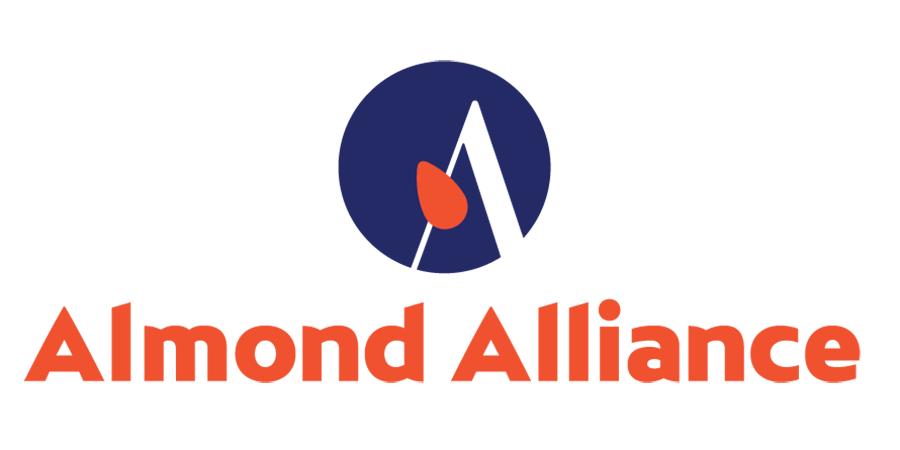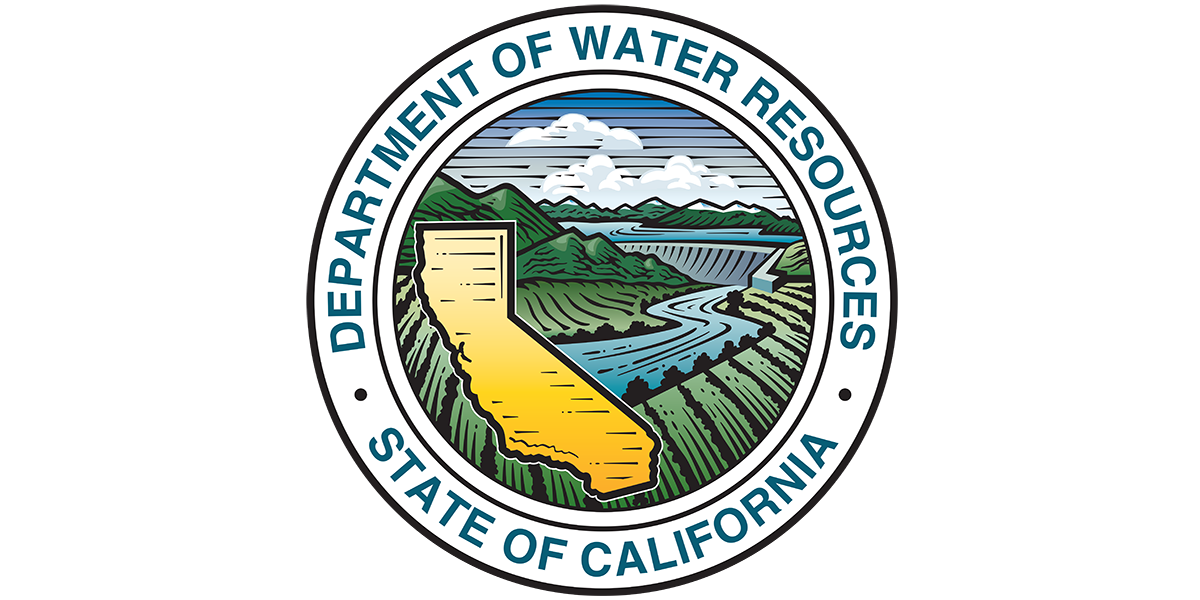General FAQs
The Department of Water Resources (DWR) has launched the LandFlex Program as a new and innovative tool to protect drinking water wells. LandFlex has provided $25 million in block grants thus far to local Groundwater Sustainability Agencies (GSAs) to grant to growers. The program will incentivize growers to limit agricultural groundwater pumping near drought-stricken communities whose drinking water wells have gone dry or are close to going dry. LandFlex will provide community benefits such as reduced pressures on drinking water wells, groundwater overdraft prevention, and climate resilience by permanently reducing demand on the state’s most critically overdrafted aquifers.
Growers are incentivized under LandFlex to permanently reduce demand to the aquifers and transition to sustainable farming practices using a three-tiered payment structure -each uniquely important to the success of LandFlex:
- Immediate Drought Relief Payment by fallowing land for 1 year. For each acre-foot of water saved in the ground, a grower will receive up to $350 per acre-foot. The final amount is to be determined by the local GSA. The contract for fallowing will be for one year. However, the grower will be required to utilize surface water ONLY thereafter outside of the sustainable limit of groundwater pumping on the enrolled LandFlex acreage.
- Sustainability Payment/Long-Term Elimination of Groundwater Overdraft. A grower will receive $1,000/per acre-foot to permanently eliminate each acre-foot of annual pumping that exceeds locally determined levels of groundwater sustainability. For quantification, this number will be the GSA’s 2023 Water Year overdraft allocation. A grower will have the option to retire additional overdraft (i.e., only pumped groundwater). The GSA will verify the amount of additional overdraft is consistent with their accounting and have the flexibility to determine how much will be bought. This will be compensated as an additional Sustainability Payment.
- Transition Payment to more climate-resilient ag practices. Depending on current land uses, the grower will receive between $250-$2,800/acre for the removal of permanent tree crops, purchasing upcycled ag waste for dairy feed replacement, or replacement of a high consumptive water use crop. This payment incentivizes the grower to plant cover crops that use natural rainfall to grow (no extraction of groundwater for cover crops).
- One-year contract for fallowing of the high consumptive use crop.
- Under this contract, the grower will pull trees, vineyards, or forgo planting dairy forages or row crops and not extract any groundwater at all for that year under contract.
- A cover crop is expected to be grown on the enrolled acreage – the timing of cover crops will be dependent on available ET, surface water, or rain.
- The grower is expected, as a condition of enrollment in LandFlex, to permanently forgo all of the future overdraft allocations on that acre.
- Even though the contract for annual fallowing is one year – there is an element of perpetuity under LandFlex each grower needs to carefully consider before accepting the award.
The Sustainable Yield Acceleration payment (Sustainability Payment) is $1,000 per acre-foot, paid one time to the grower for the early retirement of the 2023 Overdraft Pumping Allocation as identified by the GSA. As a condition of LandFlex, the grower will forgo all future overdraft allocations on that acre. Surface water purchases – or the like-for-like exchange of recharge water as designated by the GSA, are not affected under LandFlex.
Each GSA is different in that they determine an annual water year allocation. However, under LandFlex, the grower is paid the $1,000 per acre-foot for the WY 2023 overdraft allocation, AND that includes any and all future allocations on that acre.
LandFlex’s purpose is to permanently buy down demand on overdrafted aquifers – and a successful contract means that beginning in the 2024 water year, the grower will be farming using the sustainable/safe yield only for groundwater extraction. Any surface water or recharge pumping credits are unaffected under LandFlex. The program pays out for water conserved in the aquifer for the specified period of time offered by the grower.
Once the annual fallowing contract is complete, future pumping credits can be allocated to the acre by the GSA Sustainable Yield Allotment, based on the GSA’s surface water availability, recharge, and basin’s sustainable yield within the parameters of their GSP.
This contract will between the grower and the GSA. The Department of Water Resources (DWR) will provide the contract outline and funding based on the GSA’s approval of each application.
The application will be approved or denied within 10 business days of submittal by the TAPs, and a contract will be provided to the grower within 5 days of that approval. Payment to the grower will arrive within 45 business days of signing the contract.
A successfully contracted grower will receive payment under Landflex at the beginning of the contract for ½ of the total estimated payment and a last payment at the end of the contract for the remaining ½ of the total estimated payment. A grower can use the payment calculator on the “Apply” page to estimate their total payment. The up-front payment should cover the immediate expenses associated with transitioning the acreage into a cover crop, along with the total orchard recycling costs and the purchase of replacement dairy feed. The back-half payment will account for the actual ET saved by the fallowing and balance the high or low end of the estimated savings to the aquifer.
Yes, cover crops are acceptable AS LONG AS THEY ARE NOT IRRIGATED WITH GROUNDWATER. Pre-irrigation practices are acceptable. Savings to the aquifer must be clearly demonstrated at the end of the contract. Cover crops do use ET! Please estimate the cover crop ET usage in your overall payment for the ET savings! For a list of acceptable cover crops in the San Joaquin Valley Air Pollution Control District’s jurisdiction, check here or here.
At this time, there is no limitation on land enrolled in LandFlex from being enrolled in another conservation program such as NRCS’s EQIP, CDFA’s SWEEP, Pollinator Habitat Program, Healthy Soils, or MLRP under the Department of Conservation. Conservation and land improvement practices are encouraged. Learn more by visiting Farmers.gov and cdfa.ca.gov.
The purpose and goal of LandFlex is the protection and support of groundwater aquifers. This can be achieved through limiting the extraction of groundwater and through replenishing the aquifer both actively and passively. LandFlex does not restrict a grower’s ability to apply surface water to enrolled acres.
- GSAs and participating farmers must provide documentation to verify that the water applied during the LandFlex contract is entirely from surface water.
- LandFlex does not restrict or inhibit groundwater recharge when and where permitted by law.
- GSAs and participating growers must provide documentation to verify that water applied during the LandFlex contract is surface water with the intent of recharging the aquifer (active recharge), including volume when possible.
A grower should be prepared under Landflex to be able to provide copies of all expenses associated with transitioning the acreage into a low water using activity. These include receipts for full orchard or vineyard recycling, receipts for cover crop seed purchases, receipts or invoices for upcycled commodities for dairy feed replacements (such as almond hulls, citrus pulp, or peel). ALL RECEIPTS MUST BE DATED FROM DECEMBER 9th, 2022, to be ELIGIBLE FOR PAYMENTS. The program does not want to pay for acreage that was already fallowed years prior.





